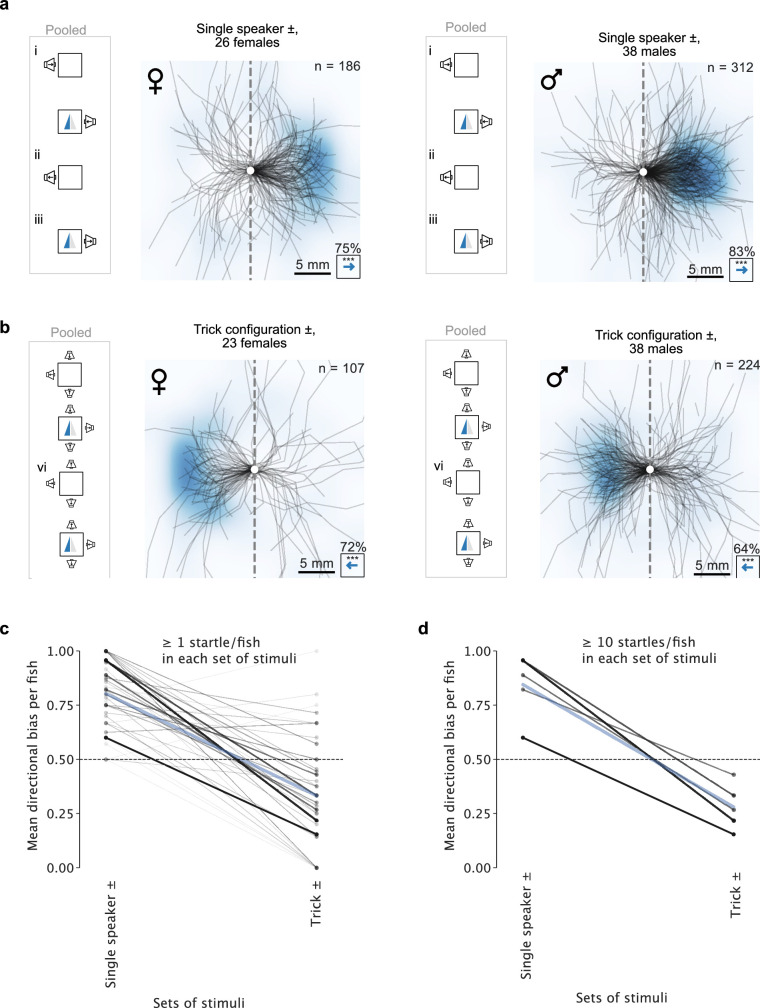Extended Data Fig. 6. Directional startles are present for both sexes and in individual fish.
Centered startle trajectories for single speaker configurations and trick configurations, same data as shown in Fig. 2f but separated by sex. Both male and female D. cerebrum startle away from single active speakers and startle towards the active speaker in the trick configuration. a, Single speaker configuration. Left: females (75% of 186 startles away from the speaker in 26 female fish that startled, two-sided binomial test: p = 9 × 10−12). Right: males (83% of 312 startles away from the speaker in 38 male fish that startled, two-sided binomial test: p = 1 × 10−33). b, Trick configuration. Left: females (72% of 107 startles towards the speaker in 23 female fish that startled, two-sided binomial test: p = 6 × 10−6). Right: males (64% of 224 startles towards the speaker in 38 fish that startled, two-sided binomial test: p = 2 × 10−5). a-b, Percentages indicate the fraction of startle displacements into the direction of the blue arrow. The heatmaps are normalized and smoothed 2D histograms over endpoint positions of the shown trajectories. c, To estimate the directional bias in individual fish, we selected fish with at least one startle in both the single speaker condition and the trick condition (N = 46) to compute the number of fish with a mean directional bias away from the speaker (bias > 0.5): 41 of 46 fish in the single speaker configuration, two-sided binomial test: p = 4 x 10−8, and 10 of 46 in the trick configuration, two-sided binomial test: p = 2 × 10−4. Hence, individual fish escaped away from the single left–right speaker but approached it in the trick condition. d, The mean directional bias computed across fish with ≥ 10 startles in both conditions (N = 5, a subset of a) amounted to a directional bias of mean ± std. = 84% ± 13% away from the speaker in the single speaker configuration and to 72% ± 9% towards the speaker in the trick configuration. c-d, Line thickness is proportional to the number of minimum startles in response to one of the two sets of stimuli. Blue line: average directional bias across fish directional biases.

